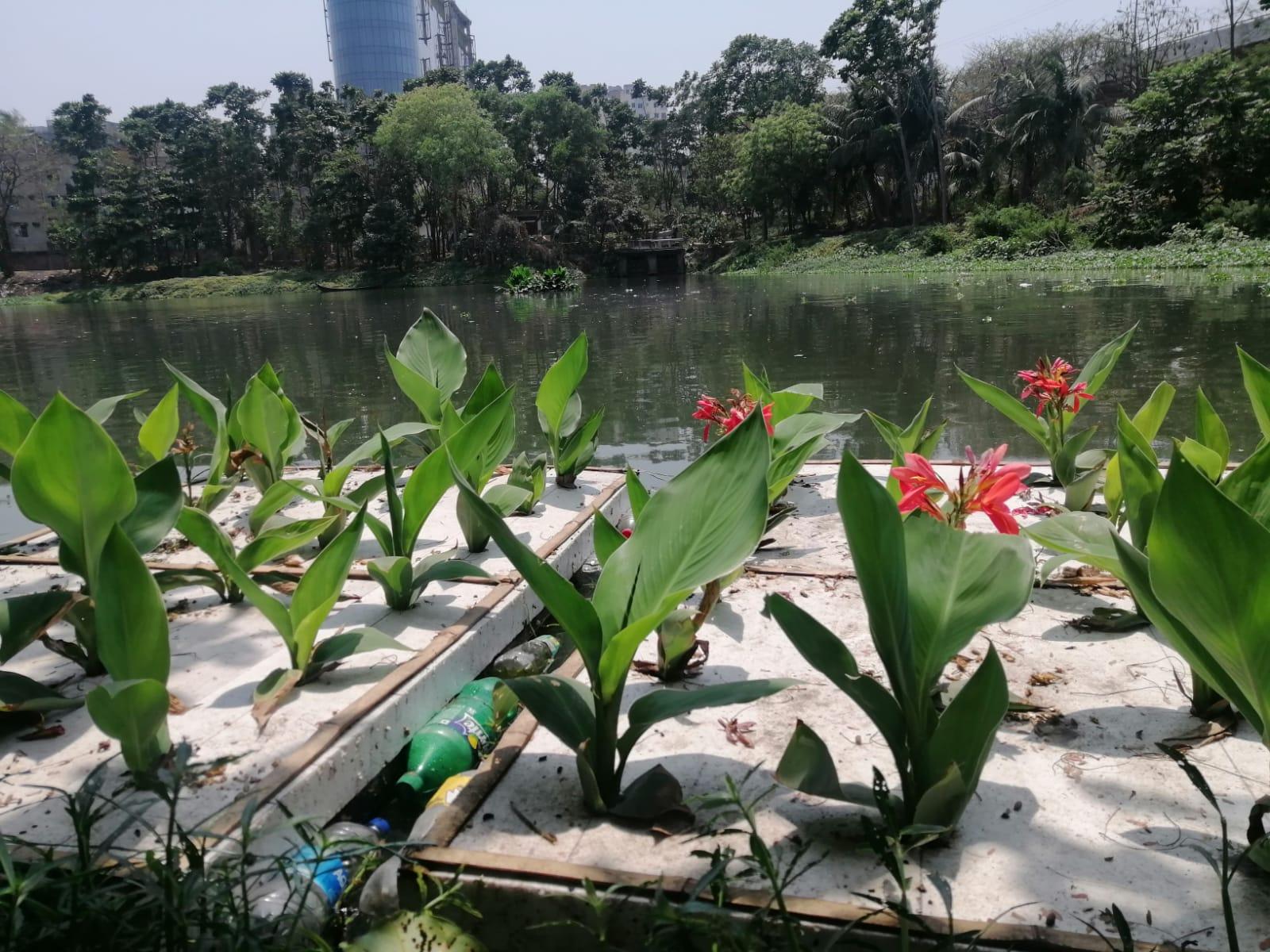Polluted Lakes Are Being Cleansed Using Floating Wetlands Made of Trash
Pollution has become a global issue, and one of the most affected ecosystems is our water bodies. From oceans to rivers, lakes, and ponds, these invaluable resources are facing severe degradation due to human activities. However, a remarkable solution has emerged, tackling this pressing problem head-on – floating wetlands made of trash.
The concept of floating wetlands originated from the need to address water pollution and restore the health of aquatic ecosystems. These man-made structures, composed of discarded materials such as plastic bottles, tires, and other trash items, function as mini ecosystems that mimic natural wetlands. They are designed to float on the surface of lakes and ponds, providing a habitat for a variety of plants, microorganisms, and wildlife.
The process of cleansing polluted lakes through floating wetlands is truly remarkable. The floating platforms are built by volunteers, environmental organizations, and concerned citizens, who collect and recycle trash from landfills or rivers. The materials are creatively assembled into a mesh-like structure where plants can thrive and roots can intertwine, creating a strong foundation.
Once deployed, the floating wetlands start a complex series of ecological processes that are highly effective in pollutant removal. The plants, which play a vital role in this process, absorb various pollutants, including nitrogen, phosphorus, heavy metals, and even chemicals like pesticides and pharmaceuticals, from the water. These contaminants are either broken down or stored within the plants, preventing them from harming the aquatic life.
Moreover, the roots of wetland plants act as filters, trapping sediments and suspended particles, while also providing a surface for beneficial bacteria to grow. As the bacteria flourish, they engage in biological processes that further break down pollutants, making the water cleaner and safer for fish and other organisms. This symbiotic relationship between plants and microorganisms creates a self-sustaining ecosystem that continuously improves water quality.
As the trash-based floating wetlands gradually tackle the pollution problem, fascinating results are being observed. The once murky and polluted lakes begin to clear up, allowing sunlight to penetrate deeper into the water column. This improved light penetration promotes the growth of beneficial algae and aquatic plants, aiding in the overall ecological balance of the ecosystem.
Furthermore, these floating islands offer more than just pollution control. They provide a habitat for various bird species, insects, and small aquatic creatures, attracting wildlife back to these degraded areas. Fish populations can recover, ensuring a stable food chain and thriving biodiversity.
The success of floating wetlands in cleansing polluted lakes has inspired numerous organizations and communities around the world to adopt this innovative solution. NGOs focused on environmental conservation and government agencies responsible for water resource management are collaborating to create larger and more effective floating wetlands.
The implementation of such projects not only provides a practical solution to water pollution but also raises awareness about waste management and recycling. It highlights the importance of reducing plastic consumption and the need for responsible disposal of trash to prevent its harmful impact on our environment.
the creation of floating wetlands made of trash has emerged as an ingenious and environmentally friendly method to cleanse polluted lakes. These innovative structures serve as mini-ecosystems, effectively removing pollutants and restoring the health of aquatic ecosystems. With their ability to improve water quality, support wildlife, and promote awareness about waste management, floating wetlands are undeniably a vital tool in the global fight against water pollution.
Hey Subscribe to our newsletter for more articles like this directly to your email.
